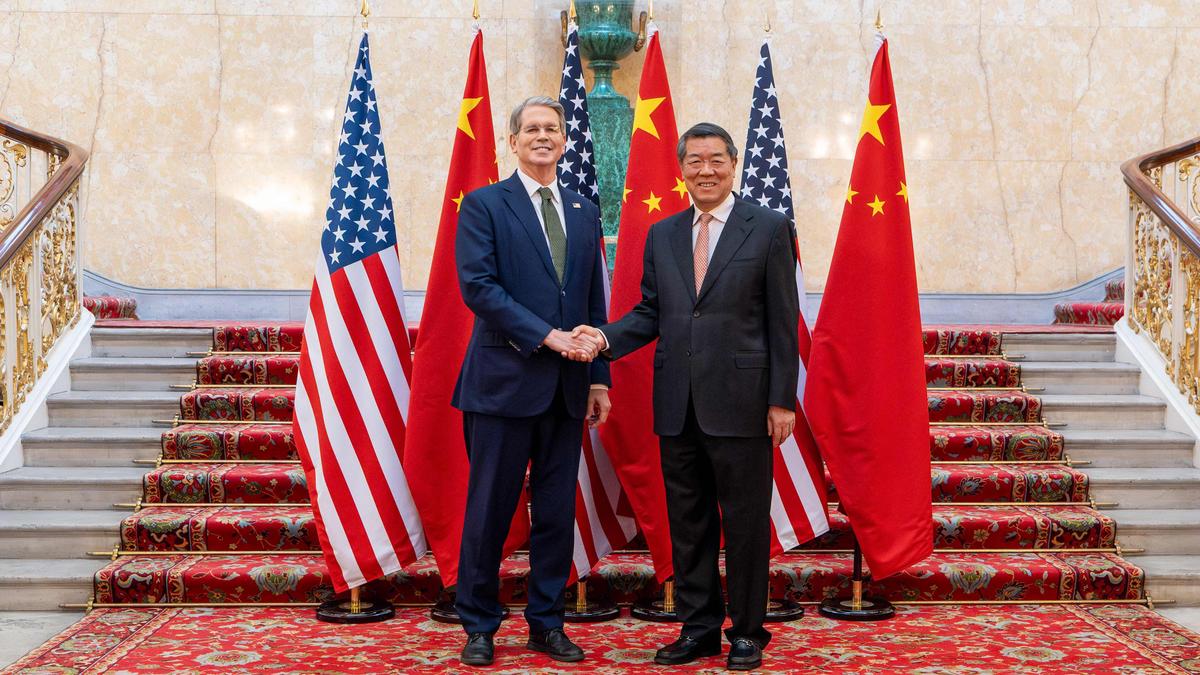Mastercard’s Q1 2025 Earnings: Digital Innovation and Global Growth Drive Strong Results
Mastercard (NYSE: MA) delivered a standout performance in Q1 2025, exceeding Wall Street’s expectations with robust revenue growth and strategic advancements that underscore its position as a leader in the global payments ecosystem. The company’s ability to capitalize on cross-border travel recovery, AI-driven innovation, and expanding partnerships positions it to navigate macroeconomic headwinds while driving long-term value.

Financial Highlights: A Resilient Start to 2025
Mastercard reported $7.3 billion in Q1 revenue, a 17% year-over-year increase, surpassing estimates by $170 million. Earnings per share (EPS) rose to $3.73, exceeding forecasts by $0.16. Cross-border volume surged 15% globally, fueled by a rebound in international travel—particularly in China—and non-travel spending. Gross dollar volume (GDV) grew 9% worldwide, with U.S. GDV up 7% and non-U.S. GDV climbing 10%.
The company’s value-added services, including cybersecurity and fraud detection, grew 18%, now accounting for nearly a third of its products. Adjusted net income increased 13%, reflecting strong operational discipline. Meanwhile, Mastercard returned $2.5 billion to shareholders through buybacks in Q1 alone, reinforcing its commitment to capital allocation.
Strategic Initiatives: Innovation as a Growth Engine
Mastercard’s Q1 results highlight its focus on AI integration and global expansion:
1. Agentic Commerce: The launch of AgentPay, a programmable payment solution leveraging AI and tokenization, positions Mastercard to dominate emerging AI-driven transaction ecosystems. Partnerships with Microsoft and OpenAI underscore its tech leadership.
2. Crypto Integration: Expanding crypto payment capabilities to 150 million acceptance locations via collaborations with Kraken and Bleep, while enabling stablecoin settlements with NuWay. This move aligns with the growing demand for decentralized finance solutions.
3. Commercial Solutions: Mastercard Move saw 35% YoY transaction growth, supporting remittances, gig economy payouts, and instant returns. The Business Builder and Mid Market Accelerator programs for SMEs are scaling rapidly, driven by partnerships with platforms like Odoo and HRS.
4. Global Partnerships: Expanding into high-growth markets:
- Africa: MTN Mobile Money in Uganda enables cardless payments via mobile money.
- Middle East: Al Etija Payments in the UAE taps into local payment schemes.
- China: Domestic tokenization capabilities enhance online security.
Risks and Challenges
Despite its strong performance, Mastercard faces headwinds:
- Macroeconomic Uncertainty: CFO Sachin Mehra noted weak consumer/business sentiment due to geopolitical tensions and inflationary pressures.
- Regulatory Scrutiny: Ongoing global regulatory changes, such as the EU’s Digital Markets Act, could impact pricing strategies.
- Competitive Pressures: Fintechs and crypto platforms are eroding traditional payment margins, though Mastercard’s diversified revenue streams (85% of value-added services are recurring) provide resilience.
Outlook and Valuation
Management projects high-end low double-digit revenue growth (4–6% annually) for 2025, with acquisitions adding 1–1.5%. Operating expenses are expected to grow at the low end of low double digits, reflecting cost discipline.
While Mastercard’s P/E ratio of 39.05x exceeds its five-year average, its 24.71% year-to-date return and $496.83 billion market cap reflect investor confidence in its long-term trajectory. The company’s 20-year dividend streak and 15.15% dividend growth further bolster its appeal as a defensive holding.
Conclusion: A Leader in the Digital Payments Revolution
Mastercard’s Q1 2025 results are a testament to its ability to innovate and adapt in a rapidly evolving market. With 17% revenue growth, 35% transaction growth in Mastercard Move, and strategic partnerships fueling global expansion, the company is well-positioned to capitalize on secular trends in AI, crypto, and cross-border commerce.
While risks such as economic slowdowns and regulatory hurdles remain, Mastercard’s diversified revenue streams, recurring services, and disciplined capital allocation provide a solid foundation for sustained growth. Investors seeking exposure to the digital payments revolution should view dips—such as the 0.83% pre-market decline—as opportunities to buy into a leader with a 39.05x P/E ratio that balances premium valuation with premium execution.
In a sector where innovation is king, Mastercard continues to prove it has the tools to reign.





























